Cukrarna - from an industrial facility to a gallery and a special venue
In the heart of Ljubljana, following a complete renovation, the former Cukrarna has transformed into a modern gallery and a contemporary special venue.
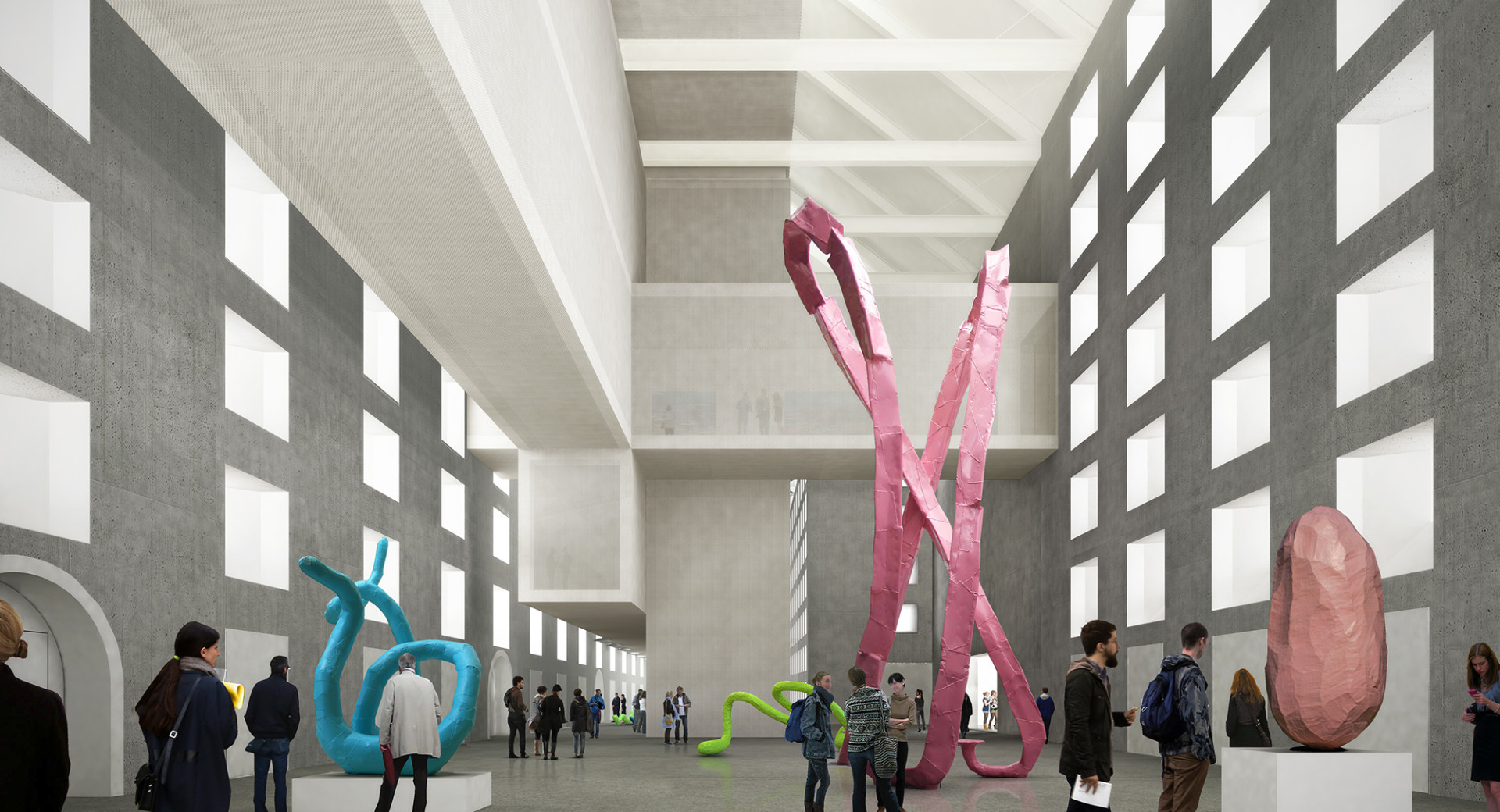
History - from sugar refinery to tobacco factory and military barracks
The Cukrarna building was one of the most important industrial facilities in the first half of the 19th century in Slovenia. Initially, it operated as a sugar refinery. In 1828, two commodity merchants from Trieste, Rossmann & Pelican, applied for a provincial factory permit for a sugar refinery and decided to establish it in Ljubljana due to its proximity to the customs office. In 1835, the first steam engine in the territory of present-day Slovenia was installed, marking a period of relative stability. From 1841 to 1849, with new owners, its capacity was expanded, leading to a real boom in the history of Ljubljana's sugar industry. The Cukrarna still stands as a unique monument to capitalist enterprise from the first half of the 19th century.
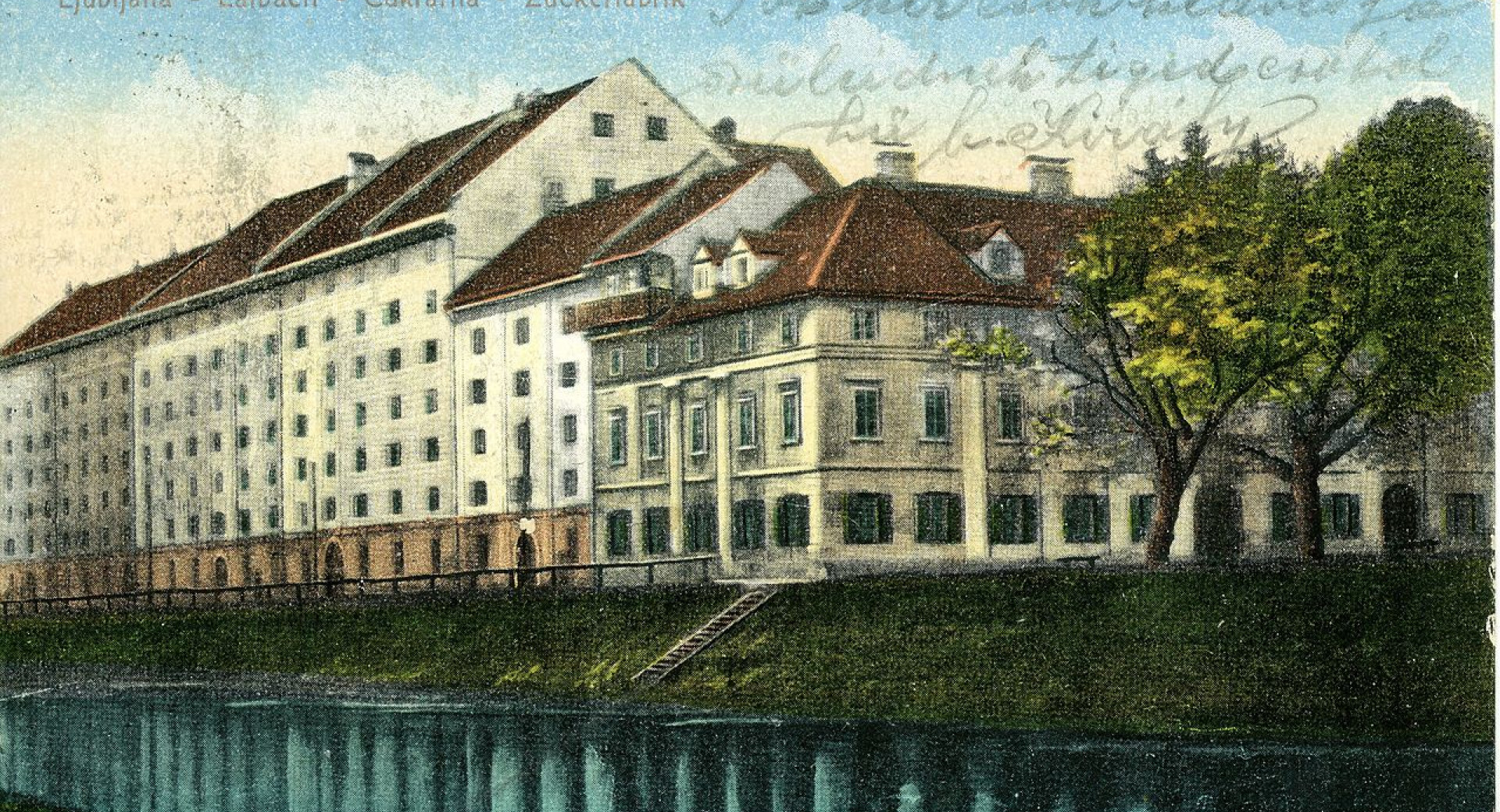
Old postcard of the Cukrarna from 1917.
On August 25, 1858, human carelessness caused a fire that destroyed the factory, warehouse, equipment, and most of the sugar stock. Everything burned down except for the woodshed and barn. The factory also lost its tall chimneys, which gave it the characteristic of an industrial object. The factory building was partially covered, but it never resumed operations. From 1864 to 1866, the building housed soldiers who used its premises as apartments; between 1870 and 1872, a tobacco factory operated in its premises, but another fire once again halted life in the building. Then, between 1873 and 1918, it was used as a military barracks. Additionally, some of the residents of Ljubljana who lost their homes in the devastating earthquake of 1895, which destroyed a tenth of the city's buildings, temporarily resided in the Cukrarna.
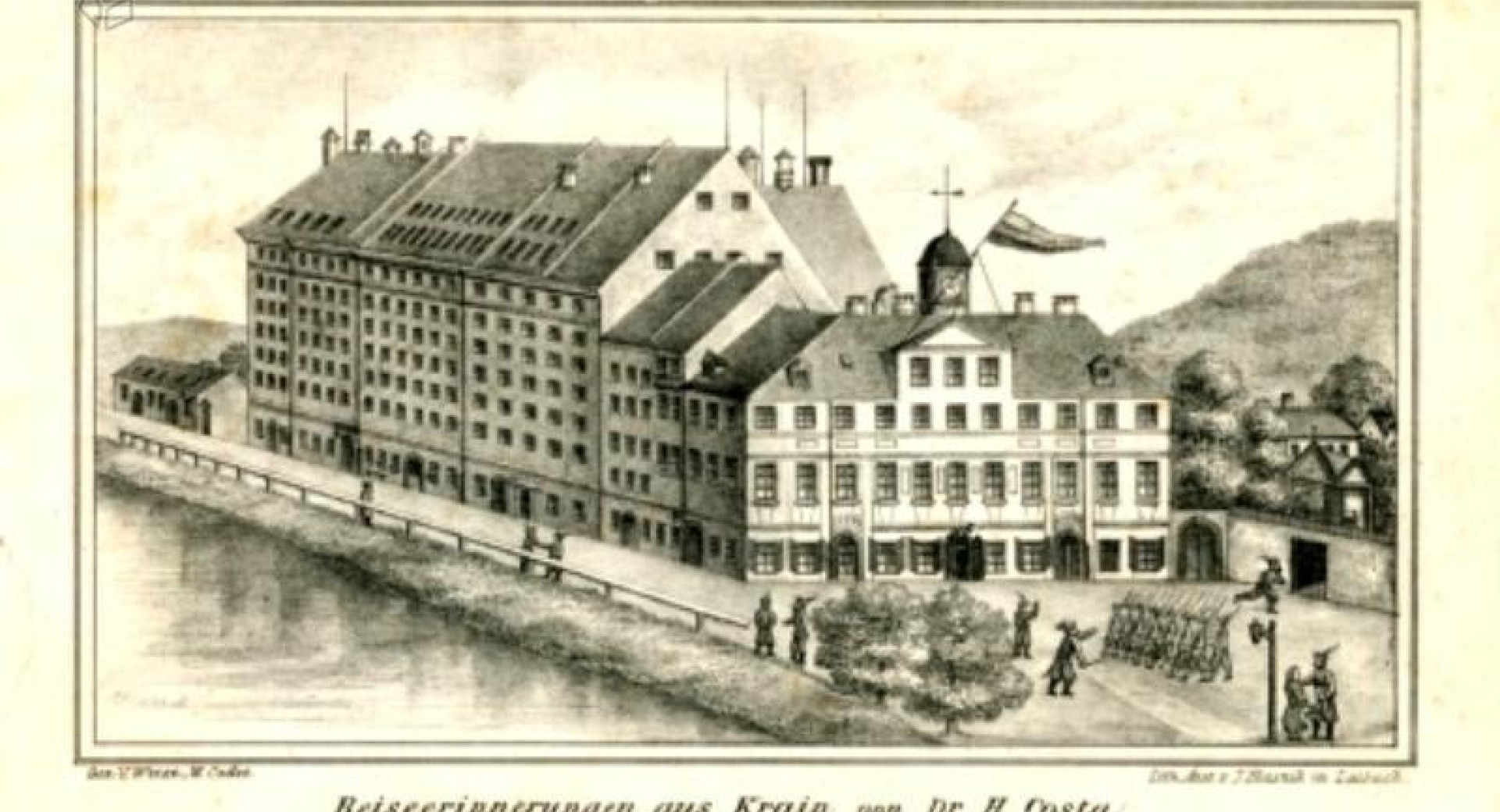
The Cukrarna as a military barracks. Photo: Kamra.si
Refuge for Slovenian modernist artists
From the late 19th century until its evacuation in the 1990s, the Cukrarna provided a home and refuge for numerous families and individuals, as well as homeless people. This fact significantly marked Slovenian literary history, as the Cukrarna is considered the birthplace of Slovenian modernism at the end of the 20th century. At the end of the 19th century, representatives of Slovenian modernism such as Dragotin Kette, Josip Murn Aleksandrov, Ivan Cankar, and Oton Župančič gathered and lived there.
In the autumn of 1895, the young poet Josip Murn moved to the Cukrarna together with his student housekeeper Polona Kalan. When he met Kette, Župančič, and Cankar, they often visited for literary discussions. Shortly before his death, Kette also stayed with his friend Murn. Kette died in the Cukrarna on April 26, 1899, at the age of 23, while Murn died on June 18, 1901, at the age of 22. Cankar vividly described life in the Cukrarna in the short story "Življenje in smrt Petra Novljana" (1903), the novella "Nina" (1906), and the play "Lepa Vida" (1912).
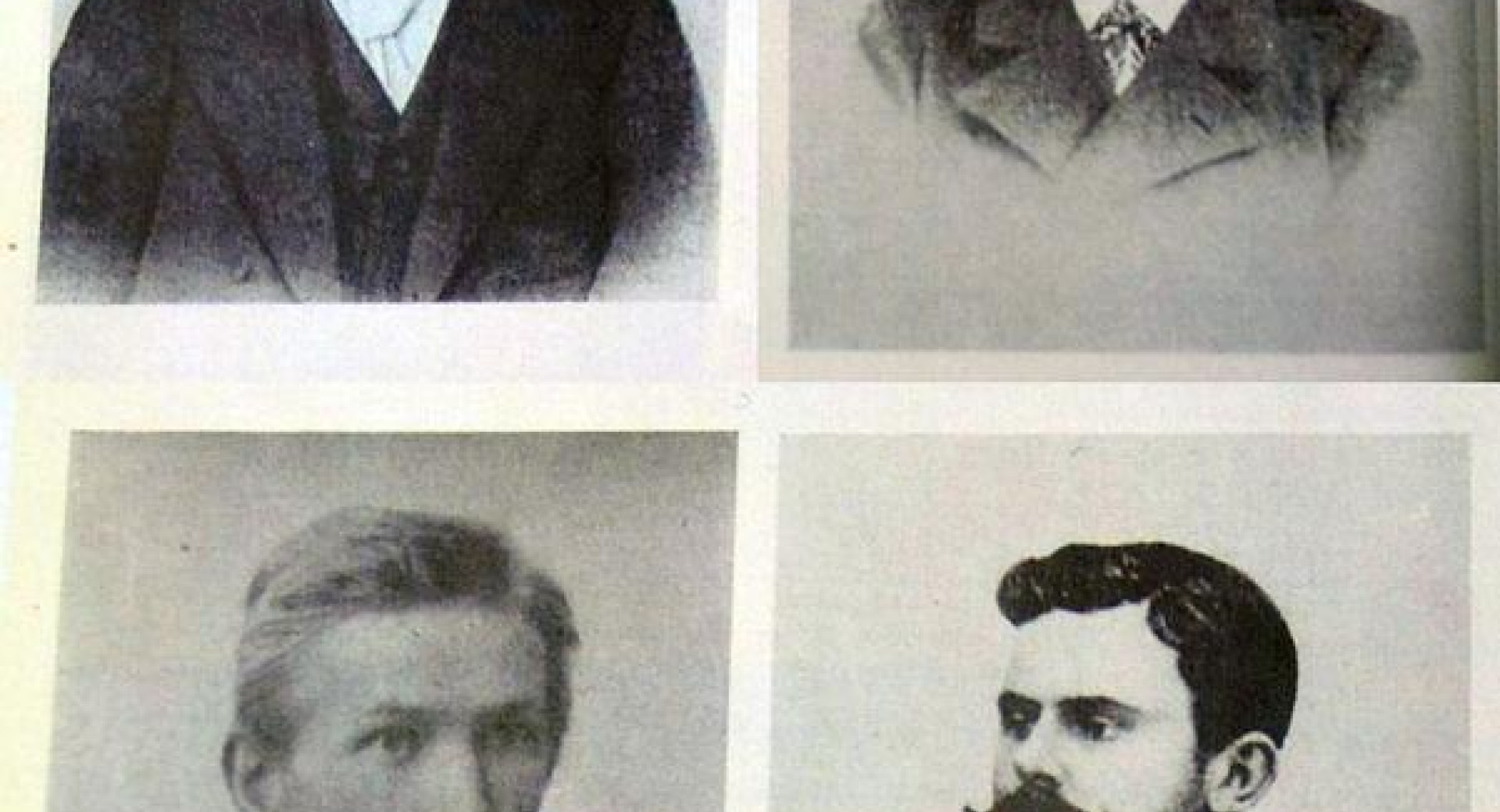
Portraits of Ivan Cankar, Josip Murn, Oton Župančič, and Dragotin Kette. Photo: Dobrovoljc: Cankarjev album.
Period of decline
During World War II, the cellars of the Cukrarna served as shelters. After the war, it once again accommodated socially vulnerable people and became a transitional home for construction workers and social care beneficiaries. Market traders from the Ljubljana market also spent nights there. At times, the building also housed the offices of Javna razsvetljava Ljubljana, the Tribuna baby carriage factory, and workshops of the Lutkovno gledališče puppet theater. In the early 1990s, plans were made to renovate and convert the Cukrarna into a shopping center, but these plans were not realized.
New beginnings: gallery and special venue
At the end of 2018, with the financial support of the Government of the Republic of Slovenia and the European Regional Development Fund, the City Municipality of Ljubljana (MOL) began the first proper renovation of the building, through which Ljubljana will gain the largest gallery (2500 square meters) and a special venue suitable for hosting 1,000 guests and for presenting more demanding Slovenian and foreign artistic-exhibition projects. It will also be used for other events in the fields of culture, art, and education. Collaboration with important international partners will be strengthened, with the aim of realizing larger joint projects that were previously not feasible due to insufficient capacities.
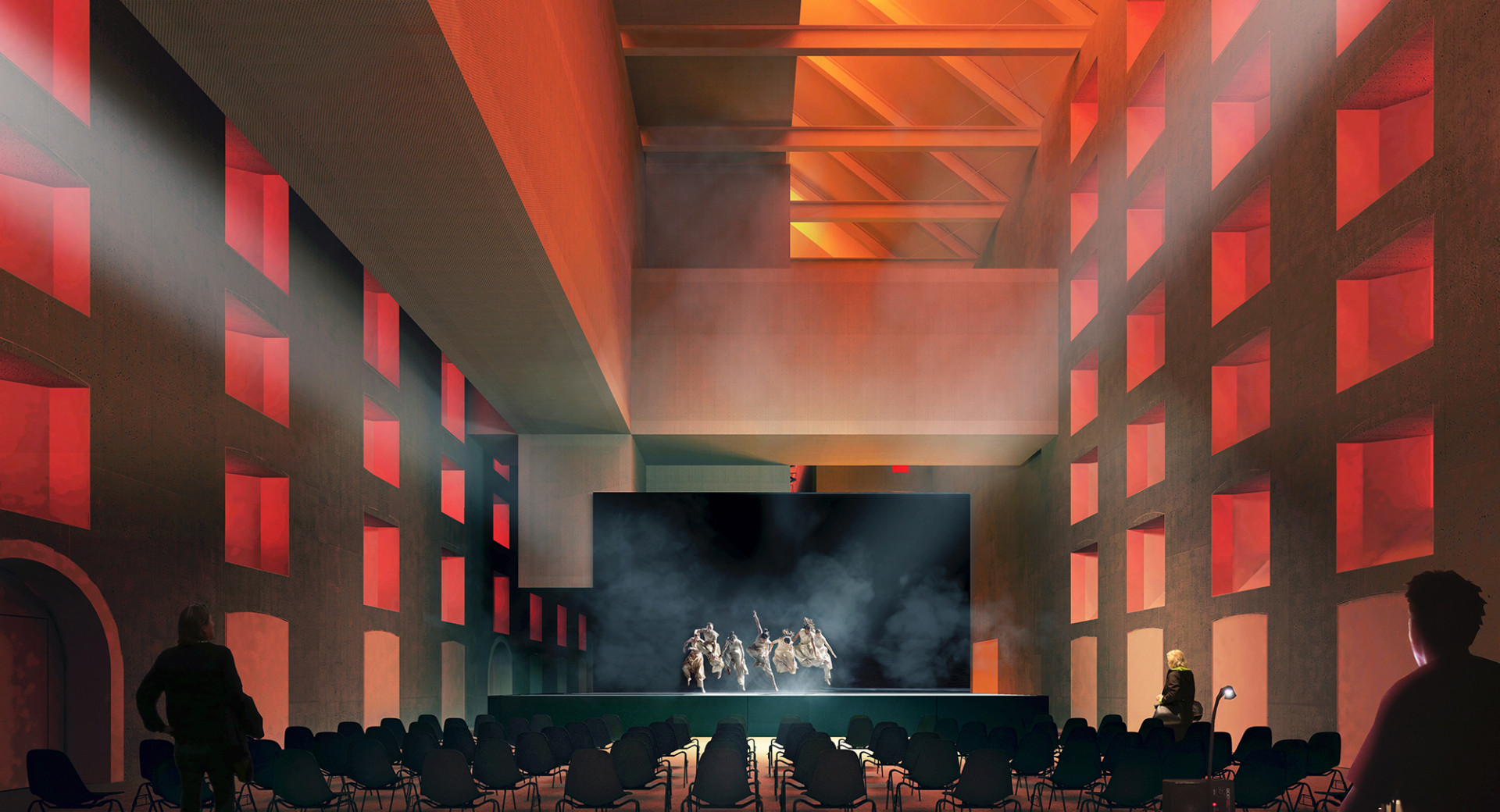
The Cukrarna in its renovated form.
The City Municipality of Ljubljana (MOL) also aims to expand the city center towards the east, which would consequently provide additional public space. The urban intervention will also bring about a significant upgrade to the urban environment in the vicinity of the project itself.
Note: The Cukrarna began operating as a new multi-purpose cultural venue in September 2021.
